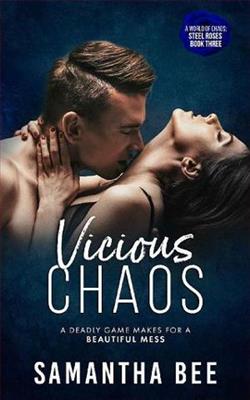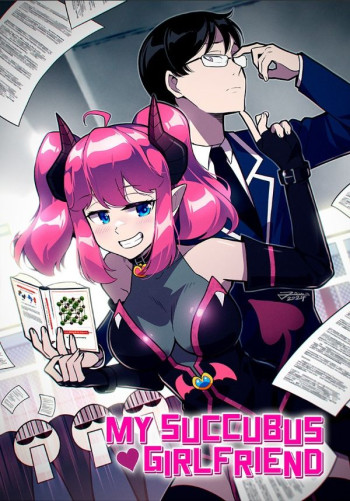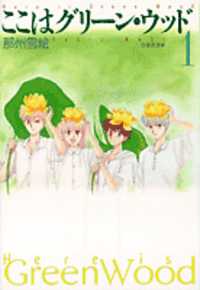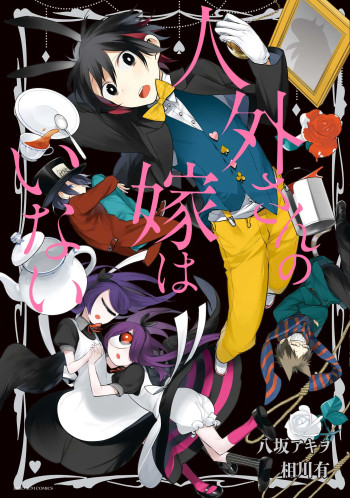Summary

Vicious Chaos
by Samantha Bee
I never cared if I lived or died.
For eight years I lived as a mess of broken pieces that never could fit back together quite right.
Eight years of training. Of building an empire. Of fighting. Of just surviving. Of letting my heart beat for revenge.
Only revenge.
Eight years of not really living at all.
While I was living half a life, I didn’t realize all that was being built up around me.
A home. A family. A place to belong.
Ways to soothe my broken edges until I feel almost whole again.
Something to lose. Something to miss. Something to protect.
I don’t wanna die anymore. But I’ll never give up my revenge.
Good thing it’s not just me seeking vengeance anymore.
Lines are drawn. Moves are made.
New alliances are formed while old ones burn to the ground.
We are done holding back, even if it mean the streets of St Graves are stained red.
Let’s go to war.
.
Read
Vicious Chaos on http://kissnovel.net
Martial Peak Reviews
Samantha Bee’s Vicious Chaos is a gripping exploration of vengeance, identity, and the complexities of human relationships set against a backdrop of turmoil and conflict. The blurb sets the stage for a protagonist who has spent eight years entrenched in a life defined by pain and revenge, and Bee masterfully unravels this narrative to reveal a deeper story of healing and belonging.
From the outset, the reader is introduced to a character who has been living in a state of emotional disarray. The stark declaration, “I never cared if I lived or died,” encapsulates the protagonist’s mindset, drawing readers into a world where survival is the only goal. This theme of survival versus living is a powerful one, as it resonates with anyone who has ever felt lost or broken. Bee’s writing captures the essence of this struggle beautifully, allowing readers to empathize with a character who has been shaped by her circumstances.
As the story unfolds, the protagonist’s journey from a life consumed by revenge to one where she begins to recognize the value of connection and community is compelling. The transformation is gradual, marked by the realization that while she has been focused solely on vengeance, she has inadvertently built a life around her. The emergence of a home, a family, and a sense of belonging adds layers to her character, making her not just a figure of rage but a complex individual grappling with her past and her desires.
Bee excels in character development, crafting a protagonist who is both relatable and flawed. The internal conflict she faces—balancing her thirst for revenge with the newfound appreciation for what she has to lose—creates a tension that drives the narrative forward. The author’s ability to depict this struggle is reminiscent of works by authors like Sarah J. Maas, who also explores themes of vengeance and personal growth in her characters. However, Bee’s approach is distinct, focusing more on the emotional ramifications of revenge rather than the physical battles that often dominate similar narratives.
The supporting characters in Vicious Chaos are equally well-developed, each contributing to the protagonist’s journey in meaningful ways. As alliances shift and old bonds dissolve, the dynamics between characters reflect the chaos of the world they inhabit. Bee’s skillful portrayal of these relationships adds depth to the story, illustrating how interconnected lives can be, even amidst conflict. The sense of community that emerges is a poignant reminder of the importance of support systems, particularly for those who have experienced trauma.
One of the most striking aspects of the novel is its exploration of revenge as a double-edged sword. While the protagonist initially views vengeance as a means of reclaiming power, Bee deftly illustrates the toll it takes on her psyche. The narrative raises important questions about the nature of revenge: Does it truly bring satisfaction, or does it merely perpetuate a cycle of pain? This philosophical inquiry adds a layer of complexity to the story, inviting readers to reflect on their own beliefs about justice and retribution.
The pacing of the novel is well-executed, with moments of intense action balanced by quieter, introspective scenes. Bee’s writing is both lyrical and raw, capturing the chaos of the protagonist’s world while also delving into her emotional landscape. The vivid descriptions of the streets of St. Graves, where “the streets are stained red,” create a palpable sense of urgency and danger, immersing readers in the setting. This attention to detail enhances the overall impact of the story, making it a visceral experience.
Furthermore, Bee’s use of symbolism throughout the novel enriches the narrative. The “broken pieces” that the protagonist refers to can be seen as a metaphor for the fragmented nature of her identity. As she begins to heal and forge new connections, the imagery of wholeness becomes increasingly significant. This theme of reconstruction—both of self and of relationships—resonates deeply, offering a message of hope amidst the chaos.
In conclusion, Vicious Chaos is a powerful exploration of revenge, identity, and the human capacity for resilience. Samantha Bee has crafted a narrative that is both thrilling and thought-provoking, inviting readers to consider the complexities of their own lives and the choices they make. The character development is rich and nuanced, and the themes are universal, making this book a compelling read for anyone who has ever grappled with their own demons. Bee’s ability to weave together action, emotion, and philosophical inquiry sets her apart in the genre, and Vicious Chaos is a testament to her skill as a storyteller. This novel is not just about vengeance; it’s about finding one’s place in a chaotic world and the journey toward healing.
























Reviews 0
Post a Reviews: